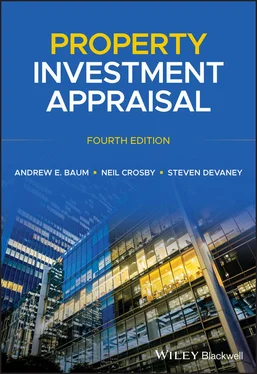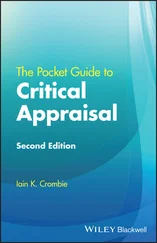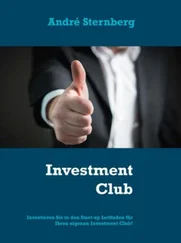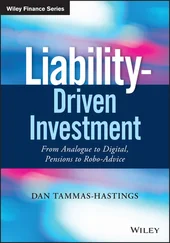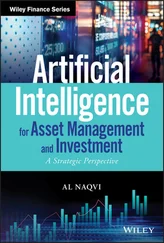Cover Design: Wiley
Cover Image: © TommL/Getty Images
This is the fourth edition of this text. It is over 10 years since we produced the third edition and over 30 years since the first edition was published in 1988. All of our editions seem to have coincided with peaks and troughs in the UK property market; this may be no accident, as we learn a lot through these market extremes. The first edition was in the late 1980s and a booming occupier market, and the third edition was written near the end of a booming capital market. The second edition benefitted enormously from the lessons learnt from the crash in the occupier markets and subsequent recovery in the 1990s. This time we are writing in the middle of the COVID-19 pandemic, and since the last edition we have observed the aftermath of the Global Financial Crisis (GFC) and Brexit.
We think the most significant of these events for the subject of this book is the GFC. It added to our understanding of markets, as it was a very different event to the crash of 1990. In 1990, rental markets collapsed following an economic boom that precipitated a development boom with new development coming on stream as economic growth declined. In 2007 rental markets were relatively stable and the boom in commercial real estate prices was precipitated by sustained demand for investment assets leading to capitalisation rates falling to historic low levels – with the GFC precipitated by the inevitable correction in prices. In 1990–1993, capitalisation rate corrections followed the rent corrections, adding to the falls in capital value. In 2007–2009, rent falls followed the asset price corrections. In both of these peaks and troughs, a common factor was the increased amount of lending secured on commercial real estate during the up-cycle and a significant brake on lending in the trough, with resulting, albeit different, pressures on property valuations.
The first edition had the stated aim of changing UK professional practice, a necessary objective in our view given that strong rental growth and high inflation rates had fundamentally undermined the applicability of the conventional valuation model to reversions and leaseholds. There was added justification, as valuation was becoming more important, property having established its place as a major asset class for financial institutions. Valuations had become subject to greater scrutiny from investors and analysts from other asset classes, and property valuation methods appeared archaic and static. Most UK texts of the time were little more than a set of cookbook routines predicated on the passing on of perceived wisdom, and no text had focused wholly on a critical examination of the basis and validity of that approach. We attempted to put market valuation processes into their historical perspective and argued that as markets changed so should methods.
By the time of the second edition, the UK market was just beginning to recover from the most significant property market crash in recent recorded history. The emphasis had changed from reversions to ‘over-rented’ property and how valuation models coped with falling or fallen markets. Models suggested as alternatives to conventional approaches in our first edition began being assimilated into UK professional practice due to the now-obvious failure of traditional methods to cope with over-renting caused by long leases and upwards-only rent reviews. It was beginning to dawn on investors and valuers that a cash flow might be secured against a tenant rather than the property, and understanding the security of that cash flow could be just as important as understanding property fundamentals in producing rational valuations.
In the foreword to the third edition, which was written in 2006 and the early part of 2007 amidst a booming and (in our words at the time) ‘ dangerously strong ’ investment market, we concentrated on our original aim of trying to wean the UK valuation industry (and any other market that relies on capitalisation rate modelling) off those models and to illustrate a more thoughtful and analytical approach. As far as that is concerned we do not believe much has changed. We had thought that the 1990s would see a fundamental change in approach but the low inflation environment of the 2000s appears to have taken the pressure off market valuation mathematics, with displacement talk about artificial intelligence and automated valuation methods becoming fashionable. However, contemporary analytical techniques such as those propounded in earlier editions have flourished in investment appraisal , and the original young and crusading authors can now look to retirement in the knowledge that things have moved slowly forward, as has the research environment, leading to a much better understanding of markets and techniques than when we started this endeavour.
Because conventional methods of market valuation are still reasonably dominant, we resisted the temptation to move the emphasis of the book away from valuation and into investment analysis. There are many excellent texts from various parts of the world that do that job very well. Because markets and economies are most affected by market valuations, the heart of the book remains the critical examination of market valuation models. It remains the case that no other book addresses this issue in such detail.
Since the third edition, there are two issues that we believe required more discussion.
First, in the UK, financial viability has been placed at the heart of the planning system and development appraisals are the vehicle by which the viability of development is assessed. This has led to increased scrutiny of the approach to assessing developments in the UK and some of the research has revealed some very simplistic technique, some basic misunderstandings of return and other measures, and little critical examination. Within texts, development and investment appraisals tend to be dealt with as separate subjects (with a few significant exceptions), yet they have numerous identical characteristics. Given these characteristics, we have long debated adding a chapter on development, and the significant role it plays in planning for development now demands it. Chapter 9sets out some examples and critically discusses development valuations.
Second, the role of valuation in secured lending is the subject of a new Chapter 10. After each downturn in the UK, valuation for secured lending came under scrutiny from the lending community. Post 1973, pressure was put on valuers to undertake valuations consistently and this was the catalyst for valuation standards in the later 1970s. In the aftermath of 1990, the market valuation basis was questioned and some very questionable new bases were proposed, adopted, and then quite quickly dropped when it became clear that they would have the perverse effect of increasing lending in a boom period. In the post-GFC era, the role of property valuations for secured lending was placed squarely in the forefront of the resulting financial stability debate by the chair of the Independent Commission on Banking, set up to review the causes of the GFC, understand subsequent bank failures and recommend changes. He identified commercial property lending – supported by market valuations – as a major contributor to the need for a major bail out of a number of lending institutions. Since then, there has been significant international interest and activity around the search for a counter-cyclical basis for secured lending valuations, and Chapter 10outlines some of the alternatives.
Finally, it is time for us to add some new thinking and experience and we welcome some new blood to the author team in the person of Steven Devaney. In addition to the significant contribution he has made to freshening up the text, Steven is our insurance policy should the ageing original authors be less productive than will be necessary when the next boom or bust prompts the fifth edition of this text.
Читать дальше
